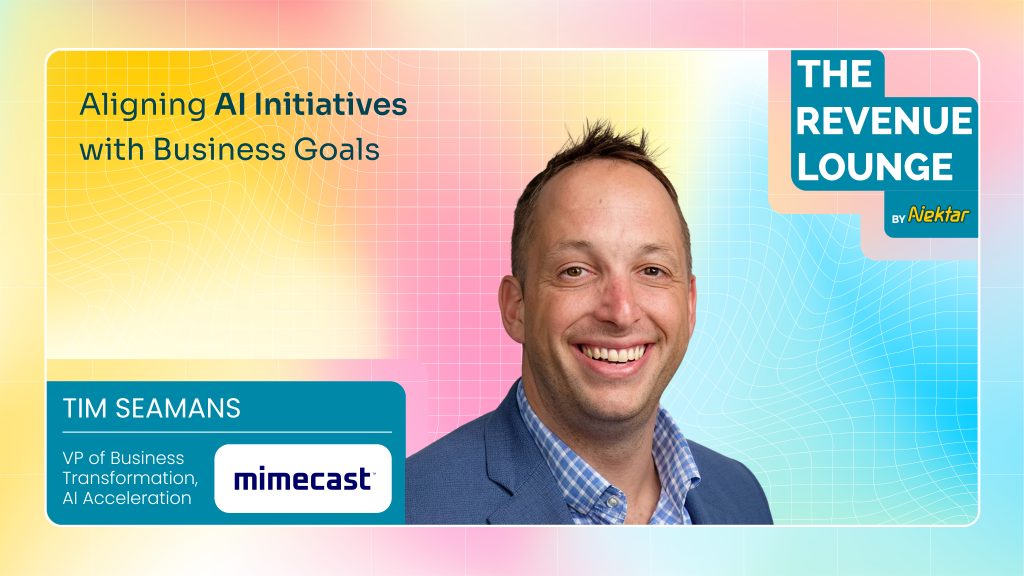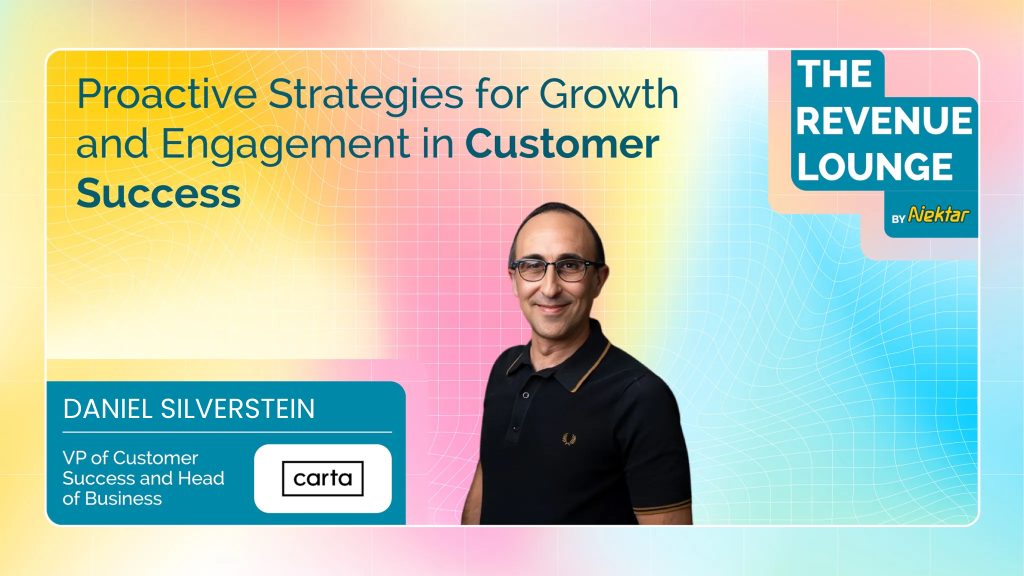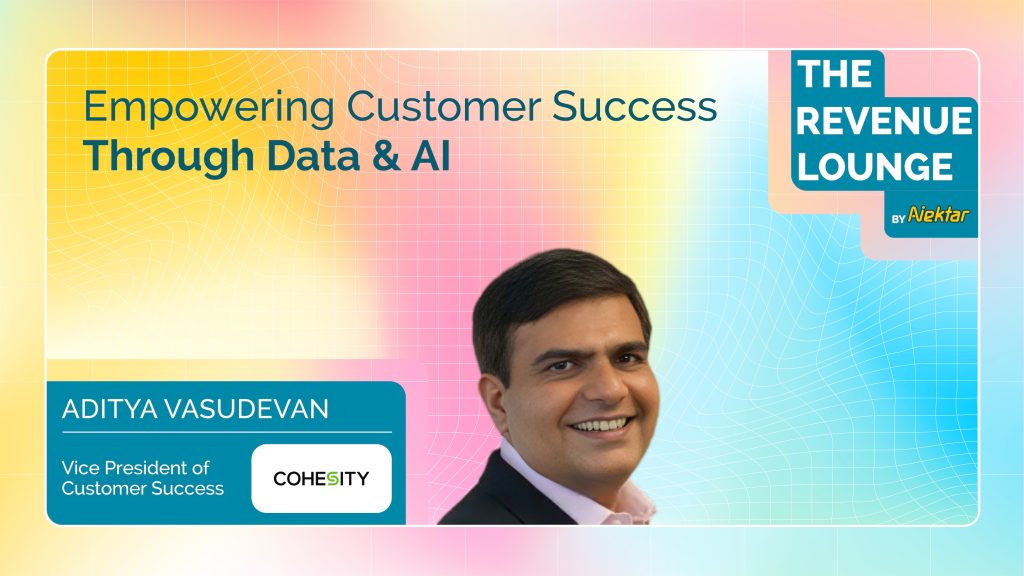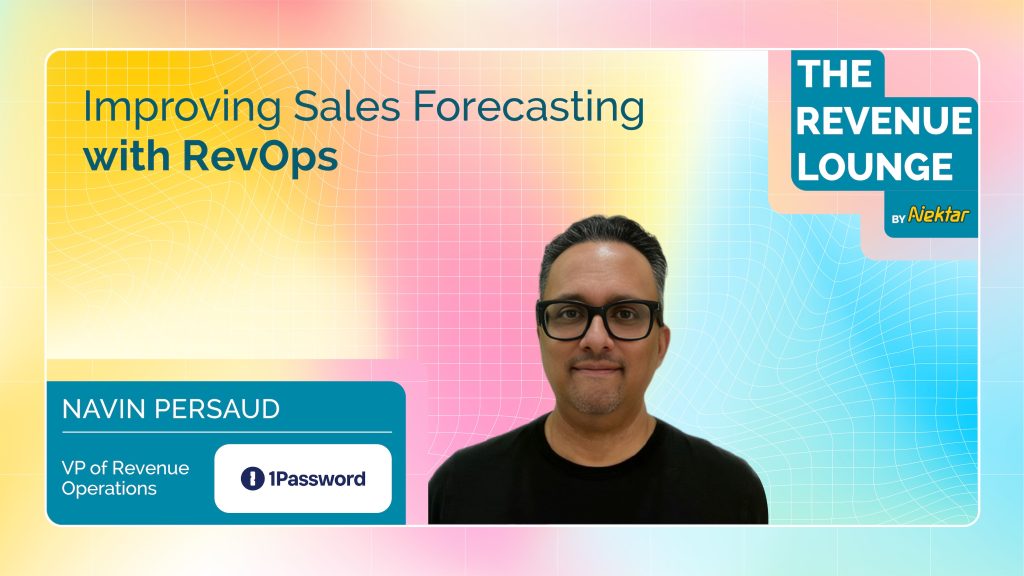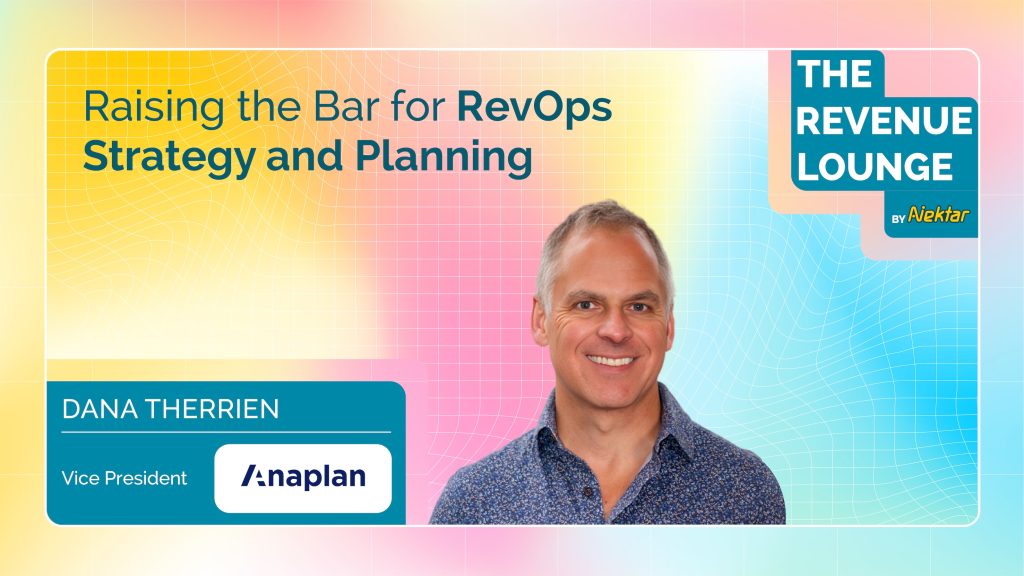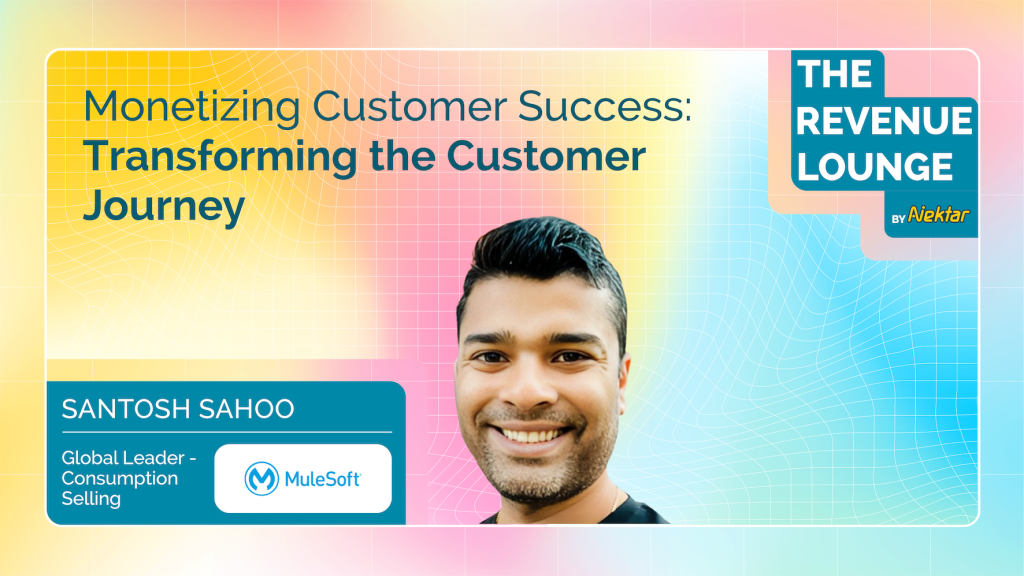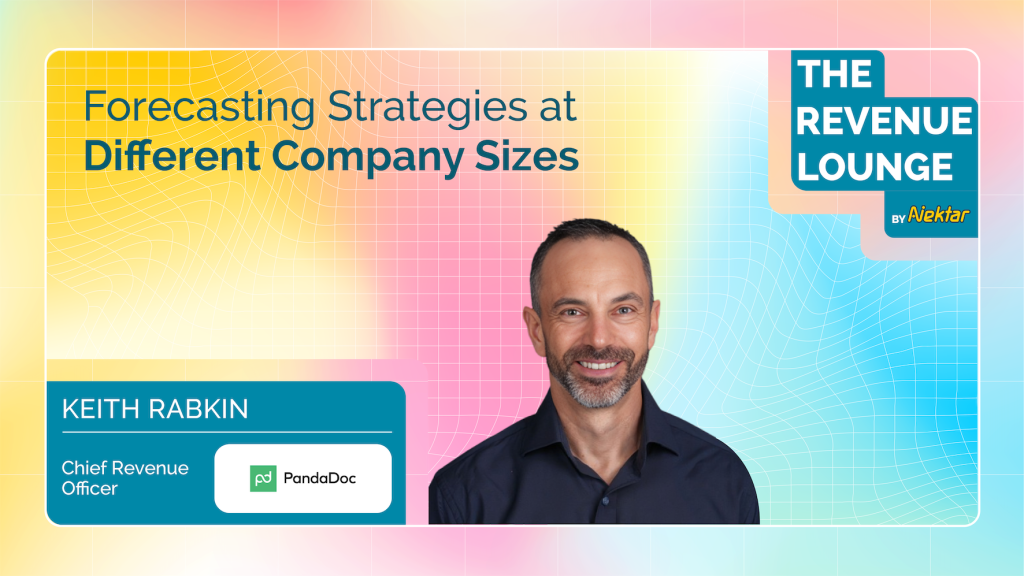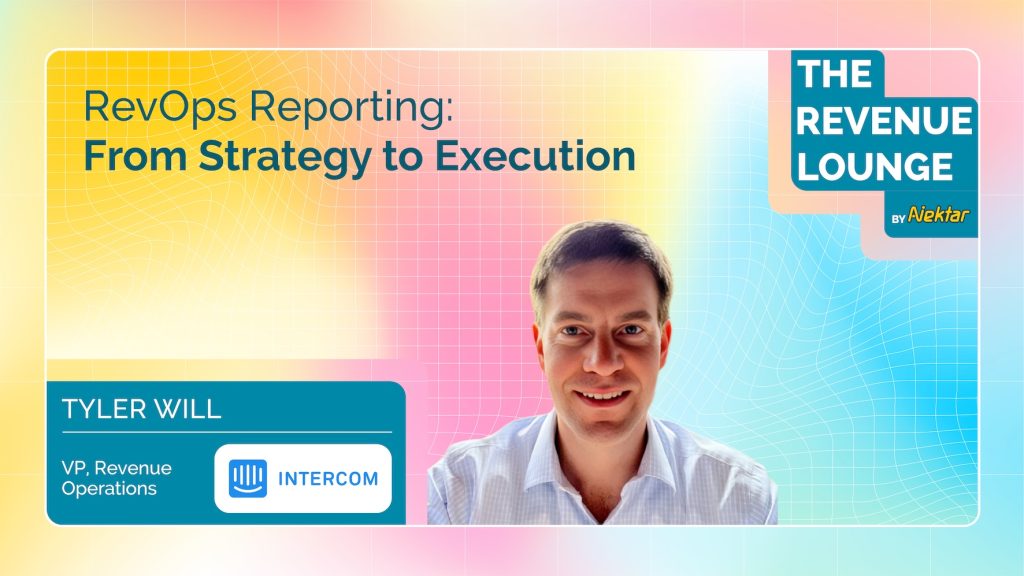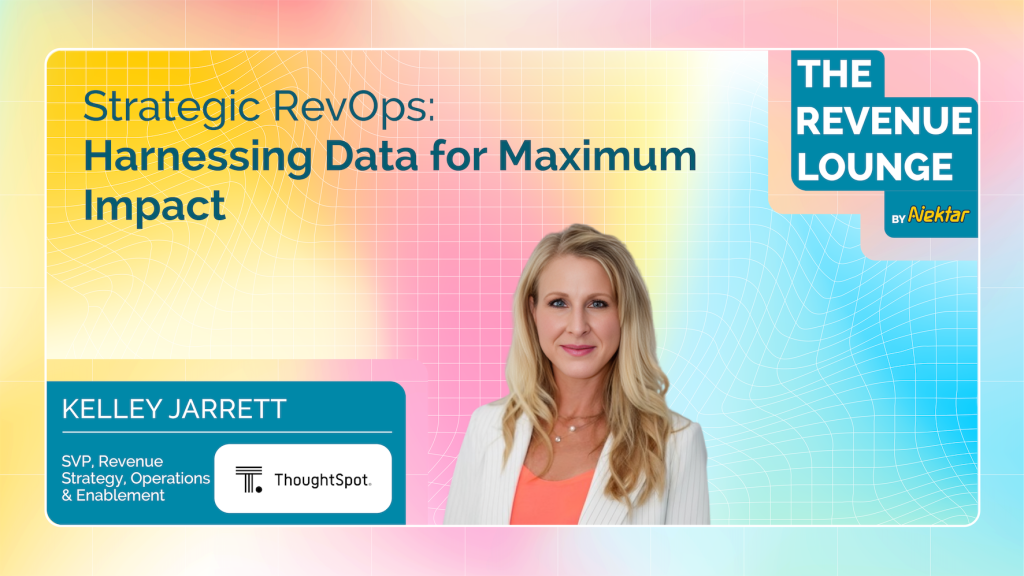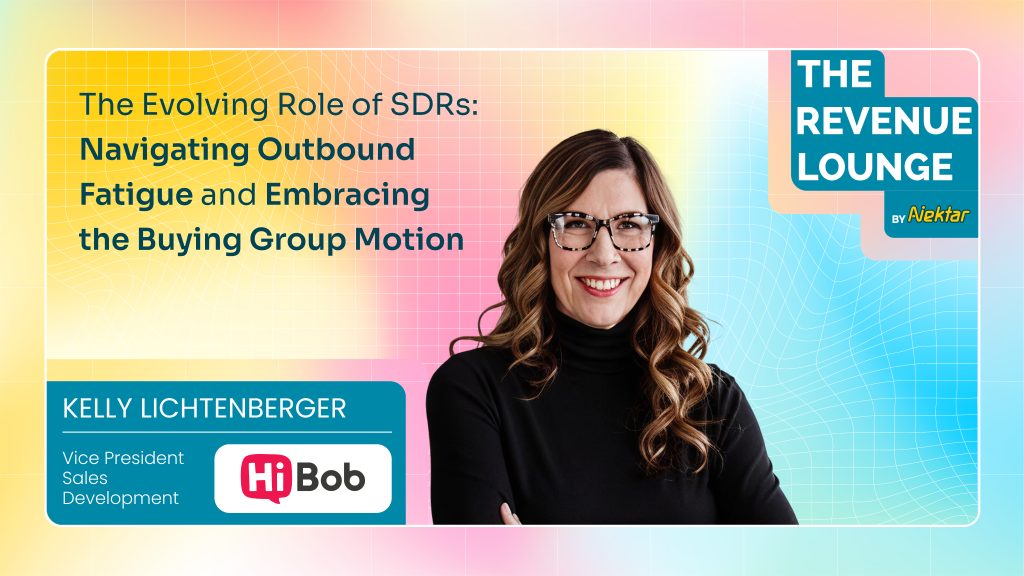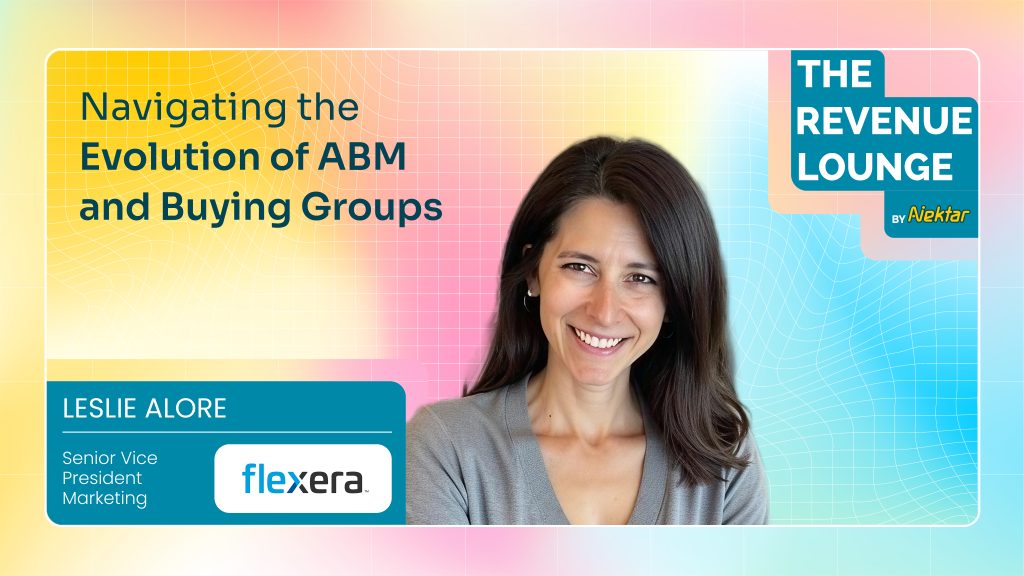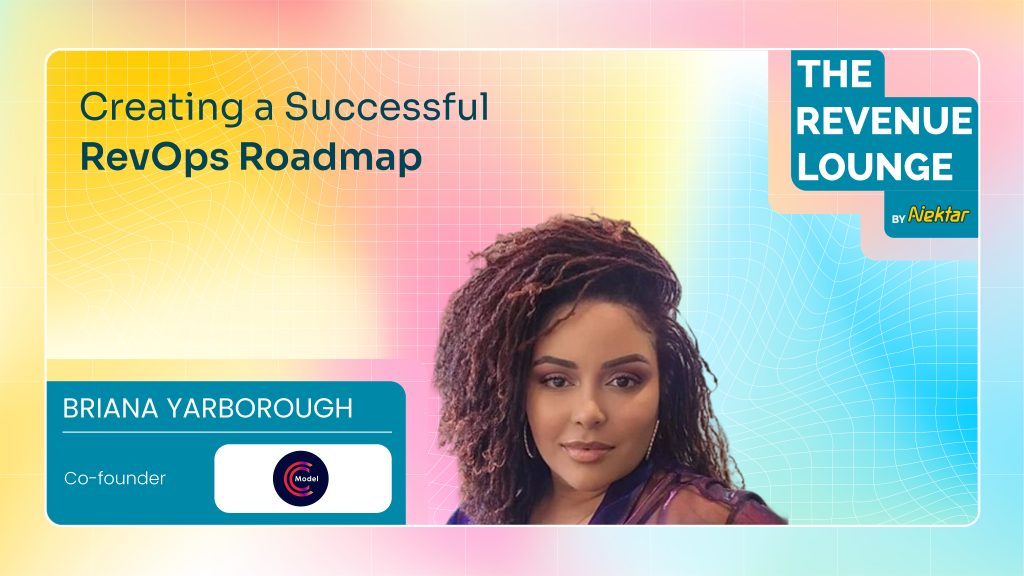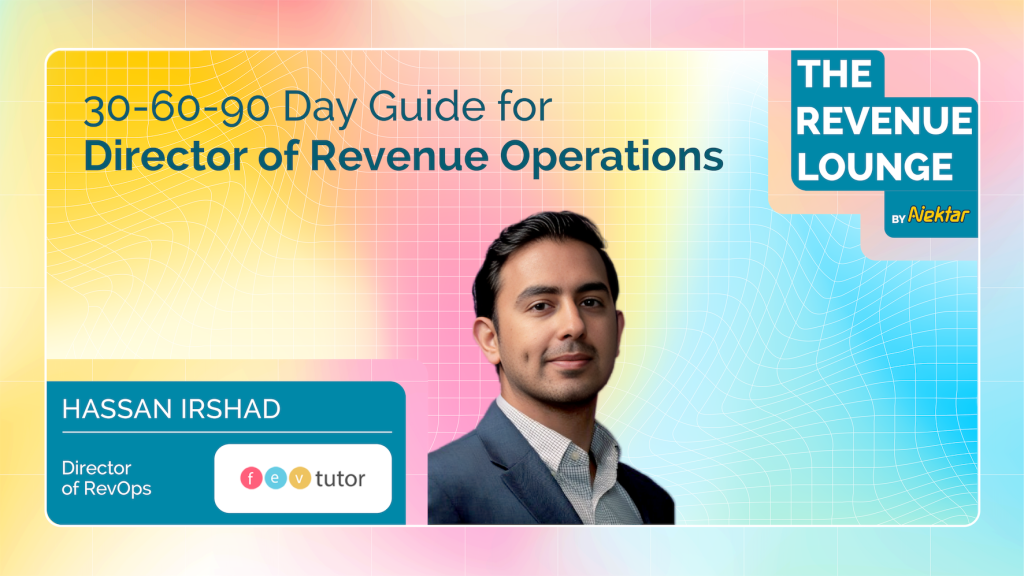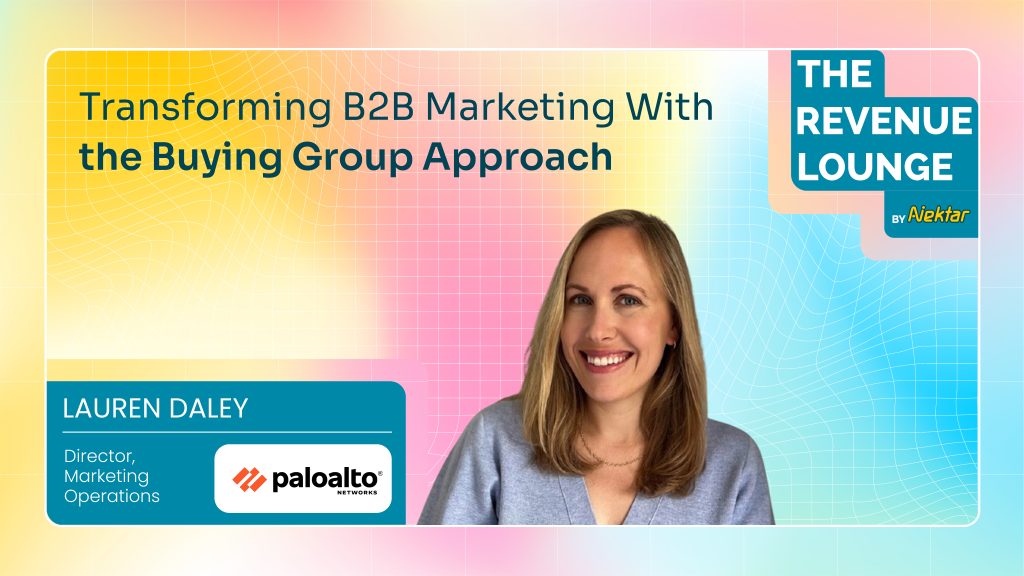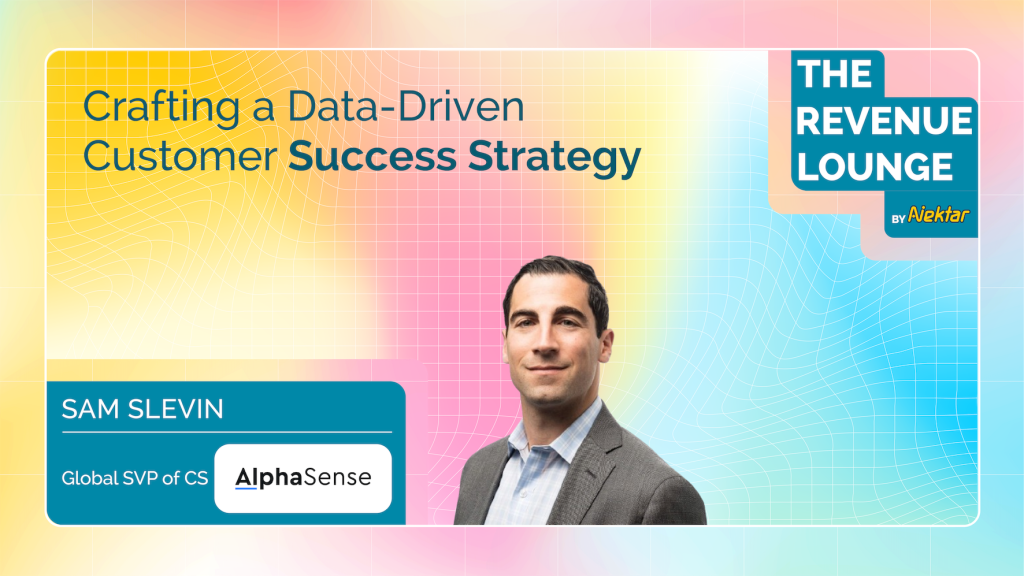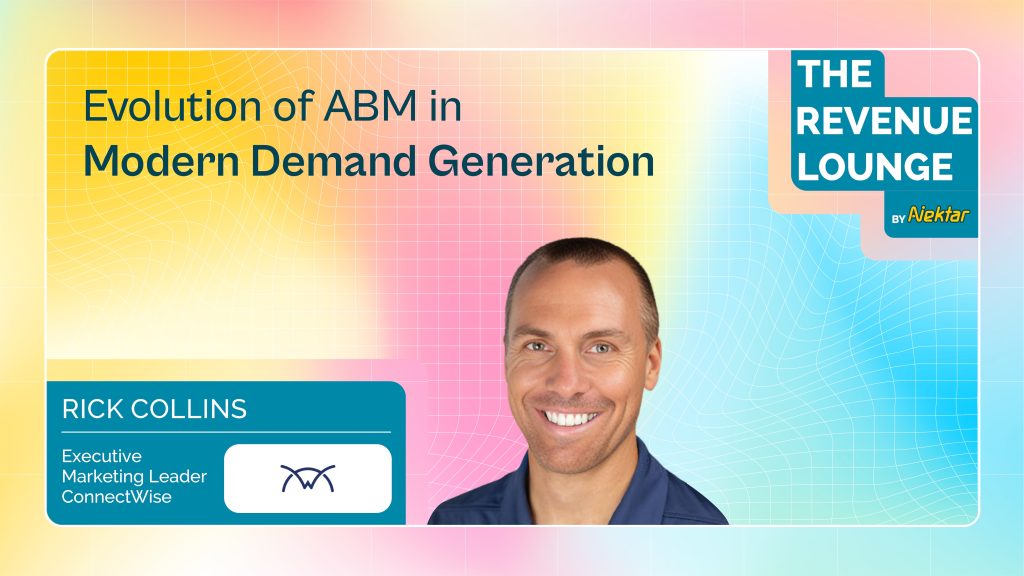Building Revenue Engines that Scale: Lessons on Forecasting, Alignment and Multi-Product Complexity
Building Revenue Engines that Scale: Lessons on Forecasting, Alignment and Multi-Product Complexity A conversation with Jeff Perry Executive Summary This article unpacks the operational blueprint behind scaling a revenue org from $15M to $500M+ ARR, while steering three parallel businesses at once. It’s distilled from an in-depth conversation with Jeff Perry, Chief Revenue Officer at Carta, who brings more than two decades of GTM leadership experience across Oracle, DocuSign, and Carta. Readers will learn: How Jeff’s career evolved through three distinct phases: growth, scale, and building What the “What’s Your Gut?” forecasting method reveals about improving accuracy Why cross-functional alignment is the real competitive advantage in revenue operations How to manage multi-product complexity with different ICPs and buying motions The characteristics that separate great sellers and managers from good ones Where AI fits (and doesn’t fit) in modern revenue operations Facebook Twitter Youtube The Journey: Three Career Arcs That Shaped a Revenue Leader 1. Oracle: The Growth Phase Jeff started his career at Merrill Lynch depositing physical stock certificates—ironic given he now leads Carta, the company eliminating physical certificates. After a brief stint, he spent many years at Oracle where he learned: Sales fundamentals through structured training programs Leadership principles by observing great (and not-so-great) mentors Scale operations as Oracle grew from 30,000 to 120,000 employees Resources were abundant. Revenue operations, sales strategy, and training programs just happened. You operated inside a well-oiled machine. 2. DocuSign: The Scale Phase Jeff made what many considered a lateral or downward move: from leading 250+ AEs at Oracle to managing a 20-person SMB team at DocuSign. Why he did it: He needed to prove he could operate in a smaller, scrappier environment where: You’re hands-on with planning and execution Resources aren’t automatic You build the machine, not just run it Over four years, Jeff doubled his team size and took on additional verticals. This experience opened the door to Carta. 3. Carta: The Building Phase Jeff joined Carta in late 2018 when the company was at ~$15M ARR with 275 employees. Today: $500M+ ARR 1,800 employees Three distinct businesses operating under one roof “Sometimes you have to get one door opened up to lead to the next door. Oracle opened the DocuSign door. DocuSign opened the Carta door.” — Jeff Perry The Multi-Product Challenge: Managing Three Companies Inside One When Jeff joined Carta, it was a single-product cap table business. Today, it’s three distinct revenue engines. Venture-backed companies Venture Capital firms Private Equity The Growth Strategy: Classic Spreadsheet-to-Software Carta’s playbook: Identify a spreadsheet problem (cap tables, back office GL, ownership tracking) Build software to solve it Add adjacent products that create cross-sell and upsell opportunities “I can’t have one AE that sells cap tables to venture-backed C-Corps and fund administration to private equity firms. We’ve built teams within that align to the ICPs” — Jeff Perry Building Multi-Segment GTM Systems Without Chaos Each market Carta serves has its own logic: Startups care about cap tables, compensation benchmarks Venture firms care about GL automation, fund admin Private equity teams want scenario modeling and ownership accuracy The Challenge Different products have different: ICPs (leading to data segmentation issues) Sales cycles (transactional vs. enterprise) Buyer journeys Conversion benchmarks Example issue:A prospect reaches out to Jeff about their product. Jeff searches the CRM. The company isn’t there. Why? They were doing business under a different name. The data doesn’t connect. The RevOps Implication: As you add products with different ICPs, you can’t force unified systems. You need: Separate sales teams aligned to buyer personas Different quota structures Distinct sales motions (transactional vs. enterprise) The “Don’t Lose Alone” Philosophy: Why Lone Rangers Fail Jeff flips the classic advice: people say “Don’t try to be the hero.” He says don’t lose alone. Early-career reps want to be the savior who lands the big deal at the end of the quarter, makes a bunch of money, and gets recognized as the hero. Why this backfires: You limit your access to support and expertise Leadership lacks visibility to help you close You give yourself a lower probability of winning You don’t build career capital beyond the one deal The better approach: Involve your leadership team, product experts, and delivery teams early. “It does no good to be at the end of a quarter and say, I delivered this X hundred K deal and be the hero. You give yourself a better chance to win by involving the right people along the way.” — Jeff Perry Your future relationship builders are the SDRs learning your business today. If you automate away those roles, you lose the talent pipeline that becomes your future AEs and managers. Cross-Functional Alignment: The Secret Competitive Advantage Carta’s gone from 275 employees in 2018 to ~1800 today. Alignment usually decays with scale. But Jeff argues the opposite is possible, if leaders treat every metric like a shared asset. Marketing isn’t feeding leads to sales.Marketing and sales are feeding the same revenue engine. “Nicole, Carta’s CMO, doesn’t look at it as Jeff’s revenue number. She sees it as our revenue number.” — Jeff Perry Sales + Marketing: One Team, One Number The old model: Marketing owns lead generation Sales owns revenue Finger-pointing when numbers miss New model: Shared pipeline ownership Joint accountability for closed revenue Integrated planning across demand gen and sales capacity No classic sales-marketing friction Product isn’t building in a vacuum.Product is reacting to customers at lightning speed. He describes a moment at a Napa event: Prospects gave feedback at 11am.By evening the CPO confirmed engineers were already building on it. That’s alignment at operational speed. RevOps as the Connective Tissue Jeff’s perspective on where RevOps fits: It depends on company culture and structure, but: RevOps often has the clearest view of: The buyer journey Data flow across systems Change management needs Narrative resonance through metrics Many CEOs include RevOps in the small leadership group for exactly these reasons. The “What’s Your Gut?” Forecasting Method The problem with traditional forecasting is that most forecast calls






